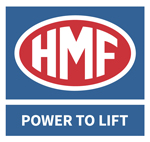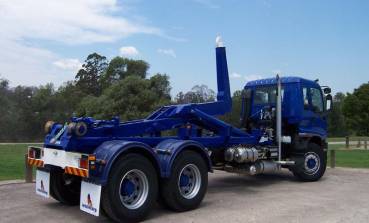While hook lifts have been around for decades, we’ve noticed a trend in councils adopting hook lifts to modernise waste collection. They are replacing older, less flexible methods, such as dedicated skip loaders. While most people don’t think twice about their waste being collected, behind the scenes, efficient waste management is not as simple as you think. Council teams juggle tight collection schedules, rising operational costs and compliance requirements.
As a result, councils need smarter, more flexible solutions. In this blog, we will examine how integrating hook lifts into council fleets and municipalities is reducing labour and fuel costs while improving efficiency and supporting more sustainable waste and recycling practices.
What Is a Hook Lift System?
A hook lift system is a hydraulic lifting mechanism mounted on a truck that allows it to pick up, transport, and unload interchangeable containers or bins. Using a pivoting arm with a hook, the system can handle heavy loads without manual effort, making it highly versatile for different types of waste, recycling, and materials.
Unlike traditional skip loaders or static bin trucks, a hook lift can handle multiple container sizes and types with a single vehicle. As a result, it reduces the number of trucks needed, which speeds up collection and boosts overall fleet efficiency. It’s easy to see why councils are increasingly adopting them.
Key Benefits for Local Councils
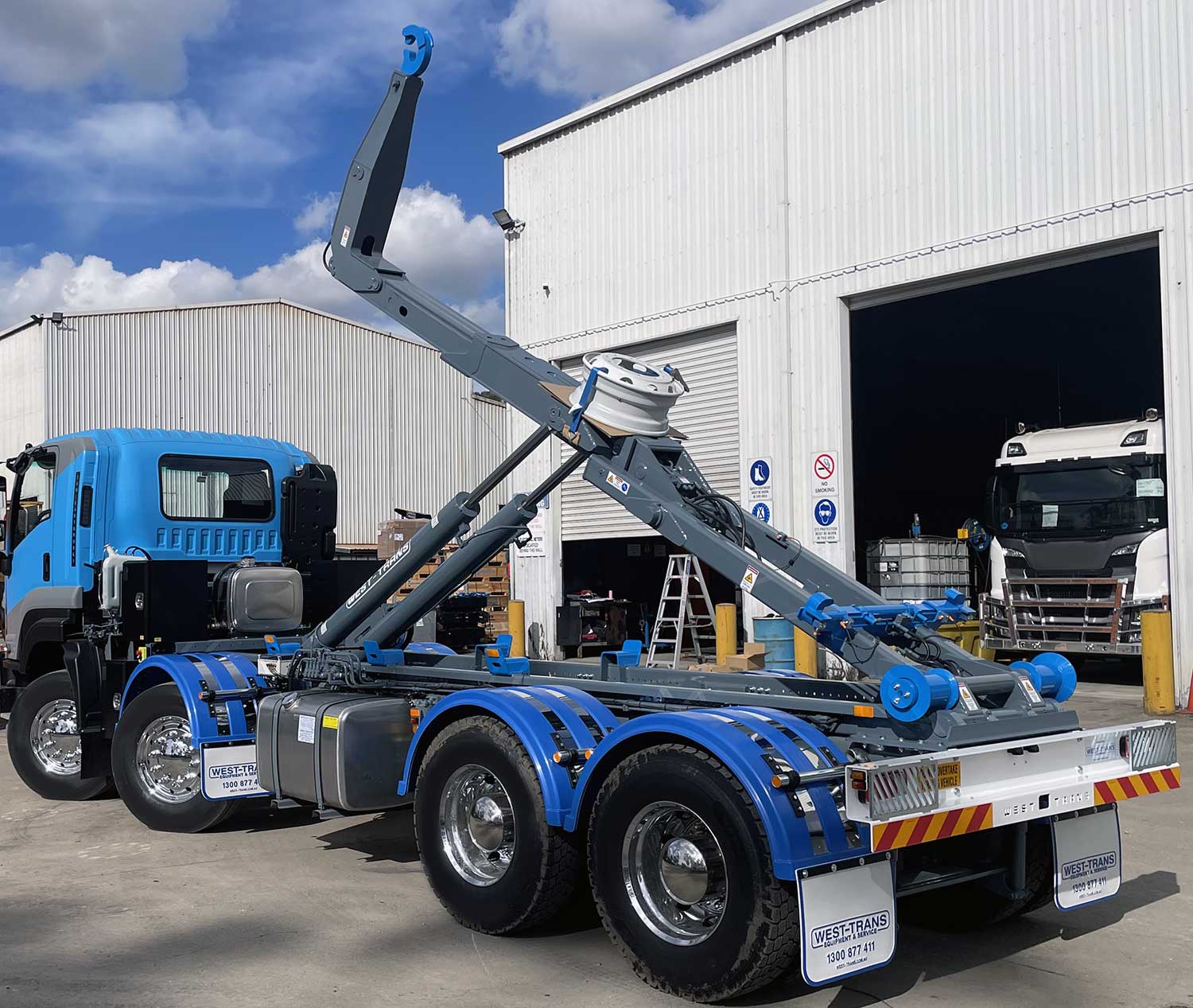
While we’ve already touched on a few advantages, let’s take a closer look at all the ways hook lifts can transform council waste operations.
Multi-Functionality and Versatility
The versatility of single hook lift trucks is one of its biggest advantages. It can handle multiple container types and sizes, from general waste bins to recycling and green waste. As a result, it reduces the need for specialised vehicles and allows councils to respond to all collection types.
Reduced Operating Costs
By relying on just one vehicle, councils cut fuel usage, maintenance expenses, and labour costs. Moreover, fewer trucks needed on the road means lower insurance premiums and reduced overall operational expenditure.
Improved Fleet Efficiency
The versatility also streamlines loading and unloading, which means shorter turnaround times. Having a single truck performing multiple jobs in a day boosts productivity.
Environmental & Sustainability Benefits
Fewer vehicles mean lower emissions and a smaller environmental footprint.
Enhanced Safety for Operators
Gone are the days of manual labour. Having a hydraulic lift does all of the heavy lifting reduces the risk of injuries. Operators can load and unload containers safely, even in tight or challenging environments, promoting a safer workplace.
Real-World Applications for Councils
Hook lifts are a popular choice for councils across Australia, using them to simplify waste collection, speed up clean-ups, and support community projects in both residential and urban areas.
Waste and Recycling Collection
From general household rubbish to dedicated concrete and recycling bins, hook lifts give fleet managers the flexibility to handle multiple waste streams without needing a truck for each task.
Green Waste and Bulky Goods Pickup
Hook lifts are perfect for seasonal collections and council landscaping projects. The trucks make it easy to move everything from small trees to unwanted furniture, reducing the burden on residents and local depots.
Disaster Clean-Up and Infrastructure Maintenance
Hook lift trucks have been a lifesaver in clean-up jobs after devastating storms and floods in parts of New South Wales and Queensland. They also come in handy for construction disruptions, where councils deploy hook lifts to quickly remove debris, support road repairs, and assist with larger-scale construction and maintenance works.
Case Study: Hook Lifts in Action During the 2021 Eastern Australia Floods
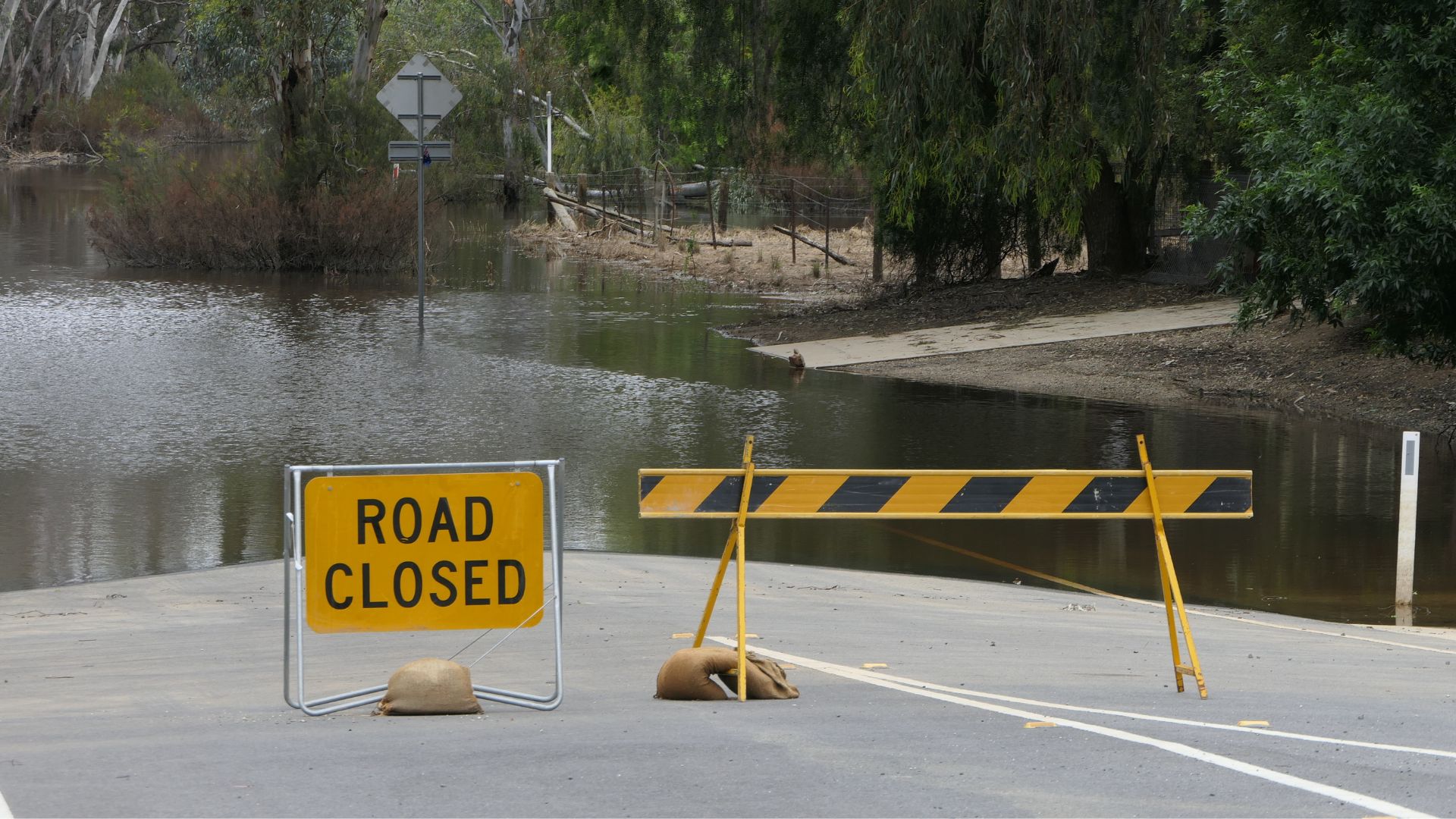
While extreme floods in Northern New South Wales and Southeast Queensland in early 2021 made headlines as a “one-in-100-year” event, councils were quietly struggling to manage an even tougher operational challenge — waste and debris management at scale.
The Challenge
Following relentless rain, many towns across the Mid North Coast and across state borders were inundated. Roads and infrastructure were heavily damaged, leaving council teams stretched thin while trying to clear roads, trucks, household areas, and riversides from downed trees, silt, and general waste.
The Hook Lift Advantage
Evidence shows that the councils that deployed hook lift-equipped trucks were able to pivot quickly and amplify their response:
- Rapid Deployment: Crews could swiftly swap between containers loaded with green waste, general debris, or mud-laden flood rubbish, all without manual bin handling.
- Flexibility in Tight Spots: Where damaged roads constrained access, the hydraulic arm maneuvered easily compared to bulkier skip loaders.
- Fewer Trucks, More Efficiency: Rather than sending dedicated skip-loader units (often limited in number), councils used multipurpose hoist trucks to shuttle containers to depots and recycling facilities repeatedly. As a result, this reduced idle time and boosted throughput, as well as proved more cost-effective.
- Improved Operator Safety: Crews avoided hazardous manual load handling in slippery conditions, using wireless remote-controlled hydraulics to swap bins securely.
This real-world application is why council decision-makers and environmental officers are seriously considering hook lifts as the go-to solution for disaster resilience, operational efficiency, and rapid infrastructure recovery Australia-wide.
Comparing Hook Lifts to Traditional Waste Collection Vehicles
When councils weigh up the right investment for the long run, they consider not just purchase price, but also operational performance and lifecycle value. Hook lift equipment offers adaptability across multiple services.
Operational Differences
Unlike conventional trucks, hook lifts can transport containers in various sizes. Furthermore, their hydraulic lifting arm and interchangeable containers mean one vehicle can handle a wide range of waste streams and features. They take care of general waste, green waste and even heavy-duty concrete or construction debris.
Cost-Benefit Over Lifecycle
A hook lift truck can perform multiple roles, meaning councils can reduce the need for dedicated fleets. This means lower maintenance costs and increased asset utilisation. This pays off over the long run, with fewer vehicles required, lower downtime, and the ability to quickly scale operations.
In short, hook lifts don’t just replace traditional waste vehicles; they provide a more versatile, future-proofed solution that maximises the return on council investments in both equipment and manpower.
How to Implement Hook Lifts in Your Council Fleet
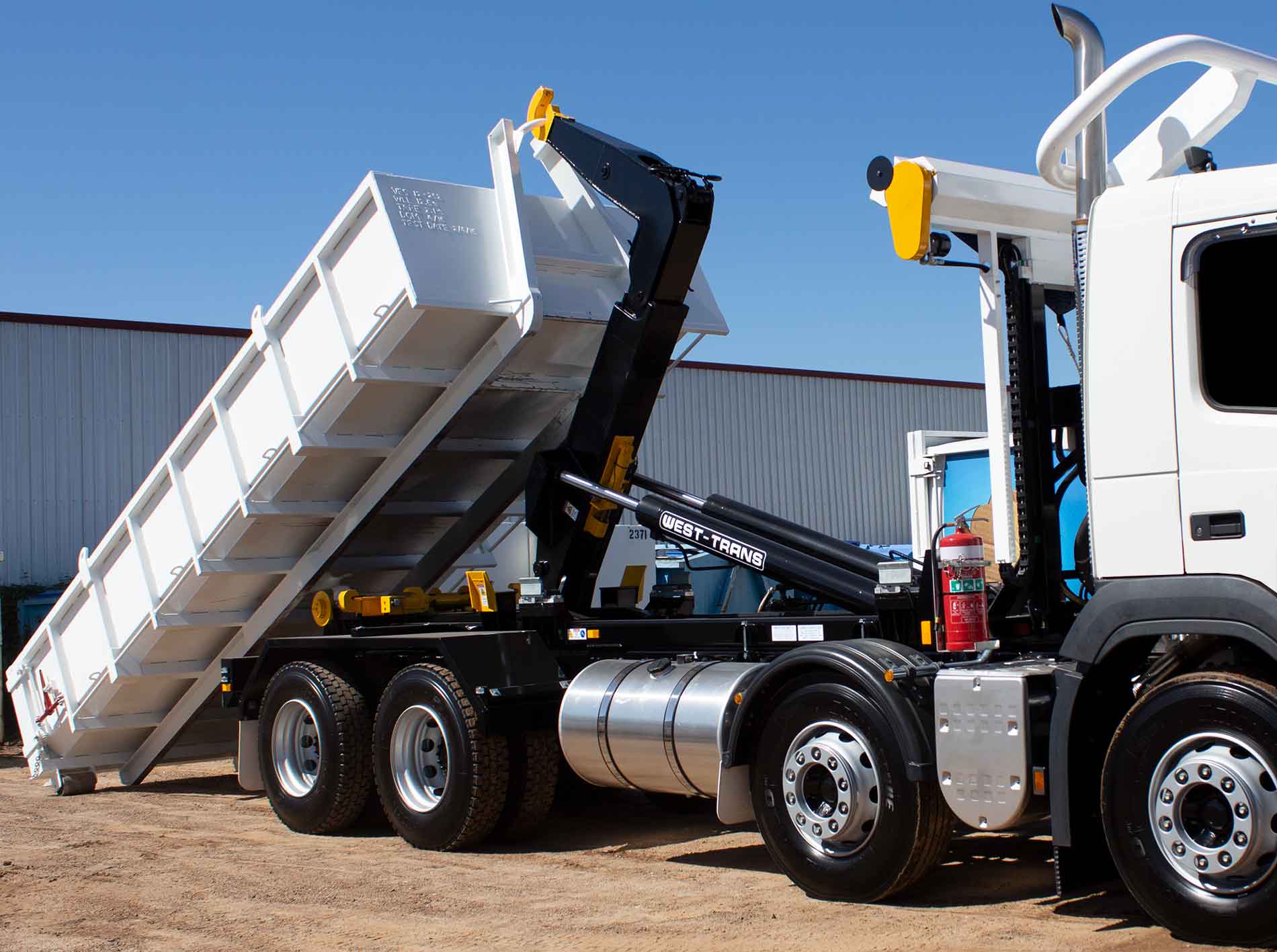
Here’s how to make hook lift trucks one of the best tools for your council or business.
Procurement Considerations
Councils should begin by engaging with reputable companies that specialise in hook lift systems to ensure the equipment matches local needs. Container types, load capacities, and compatibility with existing infrastructure all play a role in choosing the right solution.
Training and Integration Tips
Operating hook lifts requires skill, which means that staff training is essential, and not just for operators but also for workshop teams who will oversee maintenance. Councils can look at how other business sectors, such as construction and logistics, adopt multi-purpose vehicles to guide best practices.
Ready to Modernise Your Waste Collection?
Hopefully, you can see now why hook lift systems are proving to be a game-changer for councils across Australia. Here’s a quick recap of the main benefits:
- Reduces operating costs
- Improves fleet efficiency
- Offers versatility for waste, recycling, and clean-up operations
For councils looking to modernise services, improve safety, and meet sustainability targets, investing in hook lifts is a wise move.
To explore the right solution for your fleet, reach out to the friendly experts at West-Trans and discover how our hook lift systems can help transform your waste management operations.

